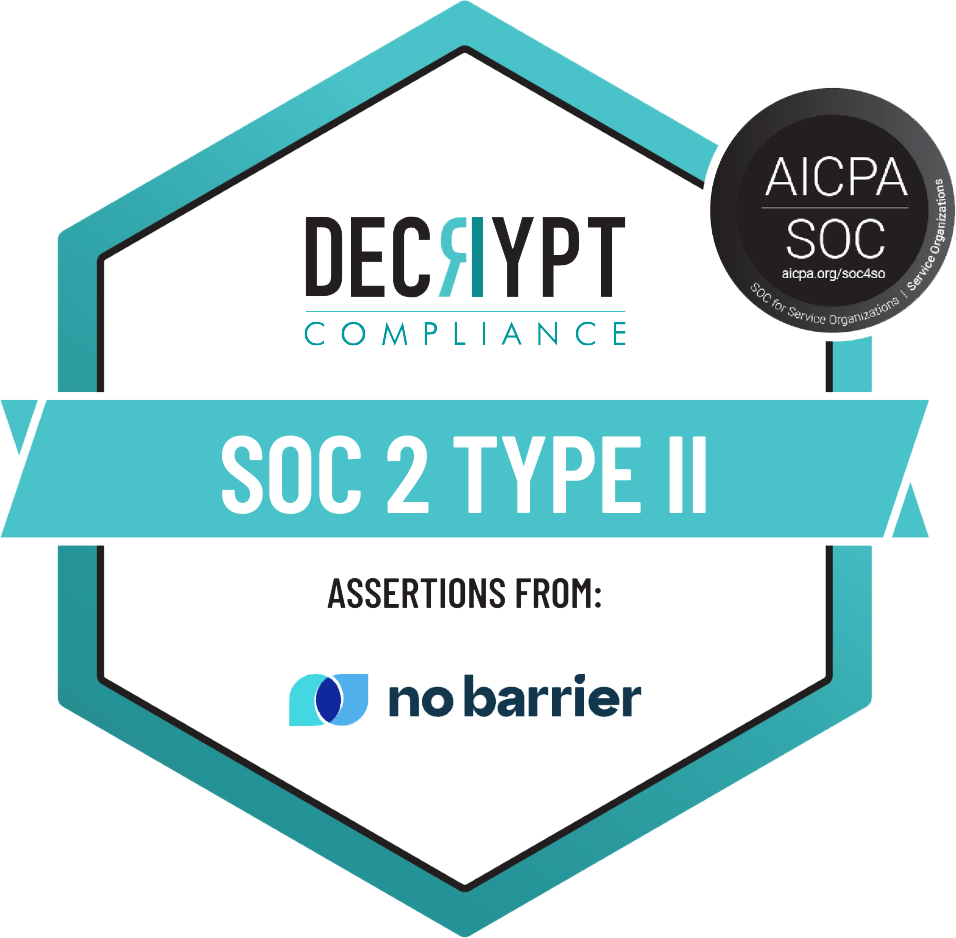Executive Summary
- Language barriers can kill. The tragic death of 13-year-old Gricelda Zamora underscores what’s at stake when interpretation fails.
- Compliance alone isn’t enough. Section 1557 mandates qualified interpreters, yet hospitals still struggle with workflow, delays, and documentation gaps.
- Better systems save lives. Structured scheduling, multilingual documentation, and clinically validated tools like No Barrier AI can restore safety, empathy, and efficiency.
A Tragic Case That Defines the Stakes
Thirteen-year-old Gricelda Zamora was, like many children of limited-English families, her parents’ voice in the healthcare system. When she fell seriously ill, her parents rushed her to the hospital.
But Gricelda was too sick to translate—and no interpreter was provided.
Without language support, her parents misunderstood discharge instructions. Doctors had said to return immediately if she worsened, but the family believed they should wait three days.
Two days later, as her condition deteriorated, they returned to the hospital—too late. Gricelda’s appendix had ruptured, and she died within hours.
This tragedy isn’t an isolated story. It reveals how language access failures directly endanger patients and expose hospitals to legal, operational, and ethical risk.
Why Medical Translators Matter
When a patient and clinician don’t share a language, quality care must adapt—not pause. Yet, while medical translators are legally required under the Affordable Care Act (ACA), healthcare leaders face persistent challenges delivering consistent, timely, and high-quality interpretation at scale.
After speaking with physicians nationwide, six recurring pain points emerge.
1. The Waiting Game Disrupts Care
A doctor with a 15-minute appointment calls the translation line—and waits.
“They’re not always available, so we may be on hold for a while,”
— Periodontist, California
Delays of 10–20 minutes per patient multiply into hours of lost clinician time each day. The result: reduced efficiency, rushed visits, and diminished care quality.
2. Language Barriers Complicate Documentation
Providers must record interpreter IDs, languages used, and document compliance. Yet discharge materials often remain in English only.
“We explain in their language, but send them home with English paperwork.”
— Family Physician, Oregon
This gap between spoken and written communication fuels medication errors, readmissions, and misunderstandings.
3. Translated Conversations Feel Choppy
Frequent pauses for interpretation disrupt conversational flow, making interactions feel mechanical. Emotional cues and trust-building moments are lost.
The consequence: patients disengage, clinicians lose rapport, and understanding drops—especially in emotionally sensitive contexts.
4. Technical Issues Undermine Communication
“We’ll be in the middle of explaining a diagnosis and the call drops.”
— Oncologist, Michigan
Dropped calls, low-quality audio, and device failures delay care and heighten patient anxiety. Without reliable infrastructure, interpretation becomes a barrier itself.
5. Inconsistent Translator Quality Creates Uncertainty
“We’ve had interpreters make up words.”
— Cardiologist, Texas
Translation accuracy varies dramatically by interpreter. This inconsistency forces clinicians to simplify explanations—risking oversimplification of critical details.
The absence of standardized medical language validation exposes both patients and providers to harm.
6. The Human Connection Suffers
Translation intermediates the most human moments in care. Tablets, speakerphones, and video screens can unintentionally erode empathy.
“You lose some of that patient-to-provider connection.”
— Neurologist, Michigan
The result: a colder, more transactional experience—at odds with the compassion patients expect and clinicians want to deliver.
Moving Forward: Fixing the Language Access Gap
Language access doesn’t need to remain a compliance burden. With structured workflows and emerging AI interpretation tools, hospitals can dramatically improve efficiency, safety, and connection.
Reducing Wait Times
- Pre-schedule interpreters for known LEP patients.
- Implement language clustering—group patients by language for scheduled days.
- Designate always-on interpreter hours for high-volume clinics.
Improving Documentation
- Use multilingual EHR templates for instructions and consents.
- Provide pre-translated discharge materials for common languages.
Enhancing Communication Flow
- Train clinicians in interpreter collaboration best practices.
- Pre-brief interpreters to clarify tone and intent.
- Extend appointment slots for LEP patients from 15 to 30 minutes.
Addressing Technical Challenges
- Audit Wi-Fi strength and device readiness daily.
- Maintain backup telephonic systems for redundancy.
- Provide quick troubleshooting guides in each room.
Improving Interpreter Quality
- Develop feedback loops and medical terminology glossaries by specialty.
- Standardize quality assessments across interpreter vendors.
- Offer culture competency sheets for common patient populations.
Maintaining the Human Connection
- Use video interpretation at eye level to preserve empathy.
- Learn simple greetings in patients’ languages.
- Reinforce connection through visual aids and attentive body language.
Integrating AI Interpretation: The Next Step
AI-assisted interpretation when clinically validated can close critical access gaps.
Solutions like No Barrier AI extend interpreter coverage, reduce delays and maintain compliance while safeguarding context and tone.
- HIPAA-compliant and auditable
- Accurate in critical conversations through medical term training
- Human-in-the-loop oversight for continuous accuracy checks
- EHR-integrated documentation for transparency and compliance
Hospitals using AI-augmented interpretation report 15–20% faster response times, improved clinician satisfaction and stronger patient understanding in both routine and critical encounters.
Key Takeaways for CMOs and Nurse Leaders
- Language access is a clinical safety issue, not just compliance.
- Structured interpreter workflows reduce delays and legal risk.
- AI interpretation expands access without sacrificing empathy or accuracy.
- No Barrier AI enables compliant, real-time translation even in critical care discussions.











%201.png)